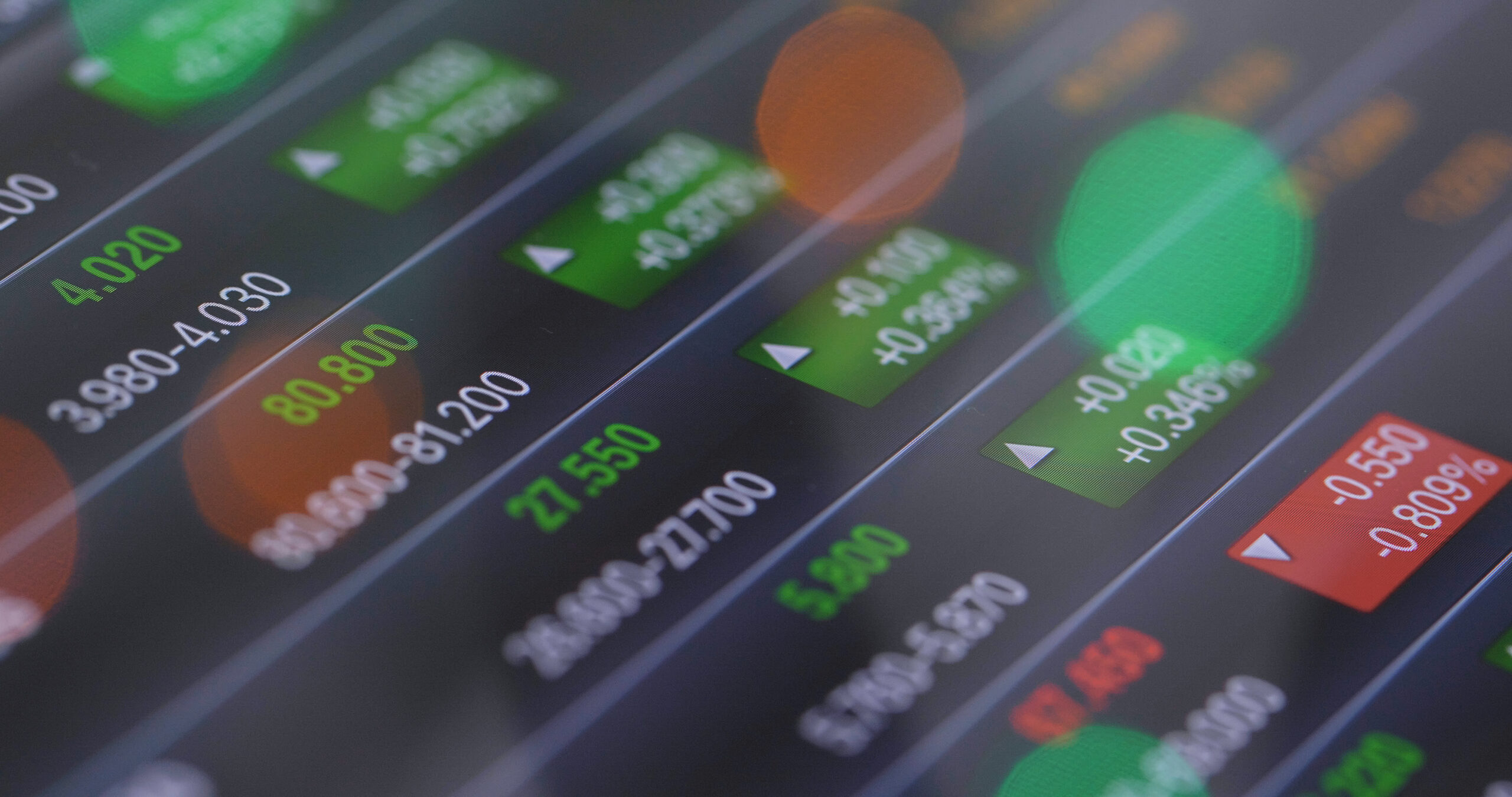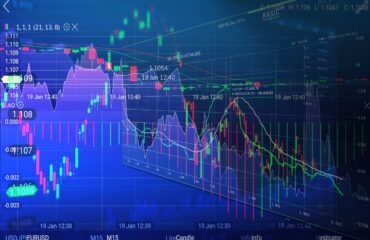Roughly defined, the U.S. capital market is composed of three major parts: (1) the equity market, (2) the bond market, and (3) the money market. The equity market is composed of publicly held corporations and is organized around three stock exchanges, the New York Stock Exchange (NYSE), the American Stock Exchange (AMEX), and the National Association of Securities Dealers Automated Quotations (NASDAQ). The bond market is composed of issuers that are not publicly held and organized around three markets, the corporate bond market, the U.S. government bond market, and the municipal bond market. The money market is composed of the institutions that furnish credit to financial institutions, corporations, and individuals, including banks, savings and loan associations, credit unions, investment banks, government securities dealers, and the Federal Reserve System.
The U.S. equity market is one of the largest in the world with a total market capitalization in 2005 of approximately $15 trillion (U.S.). The U.S. equity market is also one of the most active in the world with a volume of shares traded on a daily basis that exceeds that of all other countries combined. In 2005, an average of 2.3 billion shares traded hands each day on the three major exchanges, the NYSE, AMEX, and NASDAQ.
The primary participants in the U.S. equity market are investors, issuers, and brokers/dealers. Individual investors are by far the largest category of participants in the equity market, holding directly or indirectly about one-half of all shares outstanding. The other half is held by investment funds, including mutual funds, pension funds, and hedge funds. The vast majority of individual investors hold their shares in a fund managed by a financial institution. The primary issuers in the equity market are publicly held corporations whose stock is traded on the three major exchanges. Brokers/dealers are the primary intermediaries between issuers and investors. Other participants in the equity market include investment banks, institutional investors such as pension funds, and government securities dealers.
The U.S. bond market is the largest in the world with a total market capitalization of approximately $15 trillion (U.S.) in 2005. The U.S. bond market is much larger than the stock market and consists of a wide variety of bond types. These include U.S. government bonds, municipal bonds, corporate bonds, and various types of asset-backed securities such as collateralized mortgage obligations (CMOs), collateralized debt obligations (CDOs), and credit-default swaps (CDSs).
The U.S. money market is the largest in the world with a total market capitalization in 2005 of approximately $10 trillion (U.S.). The U.S. money market consists primarily of deposits at commercial banks or thrift institutions, government securities dealers, and the Federal Reserve System. It also includes a variety of short-term marketable instruments such as commercial paper, bankers acceptances, and Treasury bills.
The U.S. capital market is a highly developed and sophisticated financial market that has evolved over many years. Individuals, corporations, municipalities, pension plans, and other organizations raise funds by issuing debt or equity securities. Corporations, for example, may issue corporate bonds to finance their operations or to take advantage of favorable corporate tax laws. Corporations also issue shares of common stock to raise capital for future growth. More than 50,000 companies are publicly traded on one of the three major exchanges.
The U.S. capital market also provides a market for the trading of fixed-income and money market instruments. This market is highly liquid and serves as a source of credit and funding for the U.S. and global economy. Financial institutions, corporations, and individuals can borrow or raise funds by issuing debt or equity securities. These funds are also used to purchase assets such as real estate, commodities, and equities. Financial institutions, corporations, and individuals can also raise funds by issuing short-term debt instruments including commercial paper and Treasury bills. Money market funds and individual investors can participate in this market by purchasing Treasury bills, repurchase agreements (repos), and other short-term marketable instruments.
This book provides an introduction to the U.S. capital market. The book provides an overview of the structure of the U.S. capital market, describes the participants in the market, and discusses the types of securities and money market instruments that are traded in this market. The book also provides an overview of the major participants in each part of the U.S. capital market, including issuers, investors, and intermediaries such as broker/dealers and government securities dealers. The book concludes with a discussion of the regulation of the U.S. capital market and of the legal framework of the U.S. capital market.



